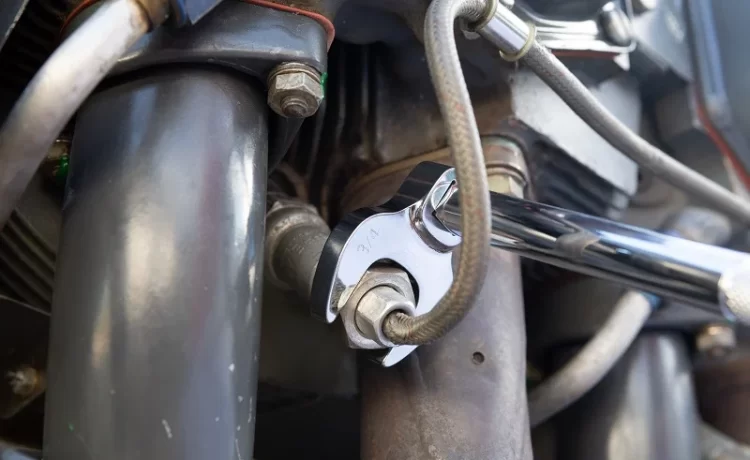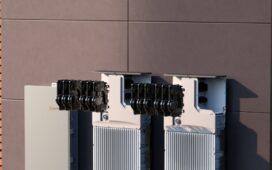In the world of diesel engines, maintaining optimal performance while minimizing environmental impact is a top priority. A key component in achieving this balance is the Diesel Particulate Filter (DPF). This article will serve as a comprehensive guide on how to clean your DPF (Diesel Particulate Filter), shedding light on its importance, signs of clogging, and methods to keep it clean for peak efficiency and compliance with emission regulations.
What is a DPF and Why is it Important?
A Diesel Particulate Filter (DPF) is a crucial emissions control device installed in the exhaust system of diesel-powered vehicles and equipment. Its primary function is to capture and reduce harmful particulate matter (PM) emissions, including soot and ash, produced during the combustion process.
The importance of a clean DPF cannot be overstated. A clogged or inefficient DPF can lead to reduced fuel efficiency, increased maintenance costs, and non-compliance with stringent emissions standards, which can result in hefty fines for vehicle owners and operators.
Signs of a Clogged DPF:
Reduced Fuel Efficiency: One of the most noticeable signs of a clogged DPF is decreased fuel efficiency. When the DPF becomes obstructed, the engine has to work harder to push exhaust gases through, leading to increased fuel consumption.
Warning Lights: Many modern vehicles are equipped with onboard diagnostics systems that will trigger a warning light or fault code when the DPF is clogged or nearing capacity.
Loss of Power: A clogged DPF can cause a noticeable loss of engine power and responsiveness as exhaust gases are restricted from flowing freely.
Increased Regeneration Cycles: When your vehicle goes through more frequent regeneration cycles, it’s a clear indication that the DPF needs attention. Regeneration is a process where accumulated soot is burned off to clean the filter.
How to Clean Your DPF:
1. Regular Maintenance:
The best way to keep your DPF clean is through regular maintenance. This includes following the manufacturer’s recommended maintenance schedule, using high-quality diesel fuel, and ensuring proper engine tuning.
2. Passive Regeneration:
Many modern vehicles have a passive regeneration system that continually burns off trapped soot as you drive. Ensuring your vehicle is driven regularly on highways can help with this process.
3. Active Regeneration:
In cases where passive regeneration is insufficient, some vehicles have an active regeneration mode initiated by the engine control unit. This involves injecting extra fuel into the exhaust system to raise temperatures and burn off accumulated soot.
4. Professional Cleaning:
If your DPF is heavily clogged, it may require professional cleaning. Certified technicians have specialized equipment to clean and restore DPFs to their optimal condition.
5. Replacement:
In extreme cases where the DPF is severely damaged or cannot be cleaned, replacement may be necessary. It’s essential to consult with a professional technician to determine the best course of action.
A clean DPF is not only essential for your vehicle’s performance but also for reducing harmful emissions and staying compliant with environmental regulations. Regular maintenance and proactive monitoring of your DPF can save you money on fuel and maintenance costs while helping to protect the environment. Be sure to follow the manufacturer’s recommendations and consult with experts when needed to keep your DPF clean and your diesel-powered vehicle running efficiently.







